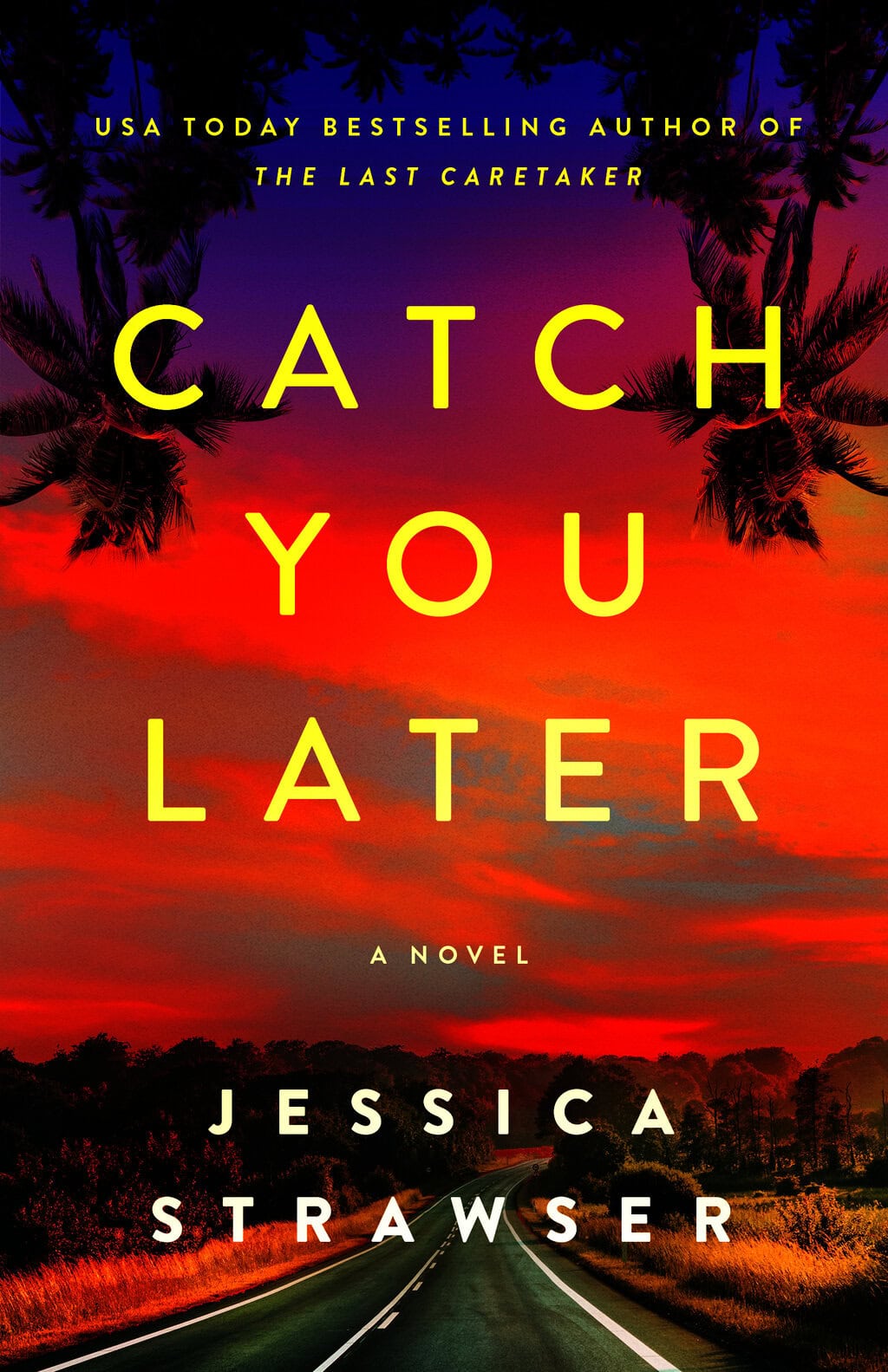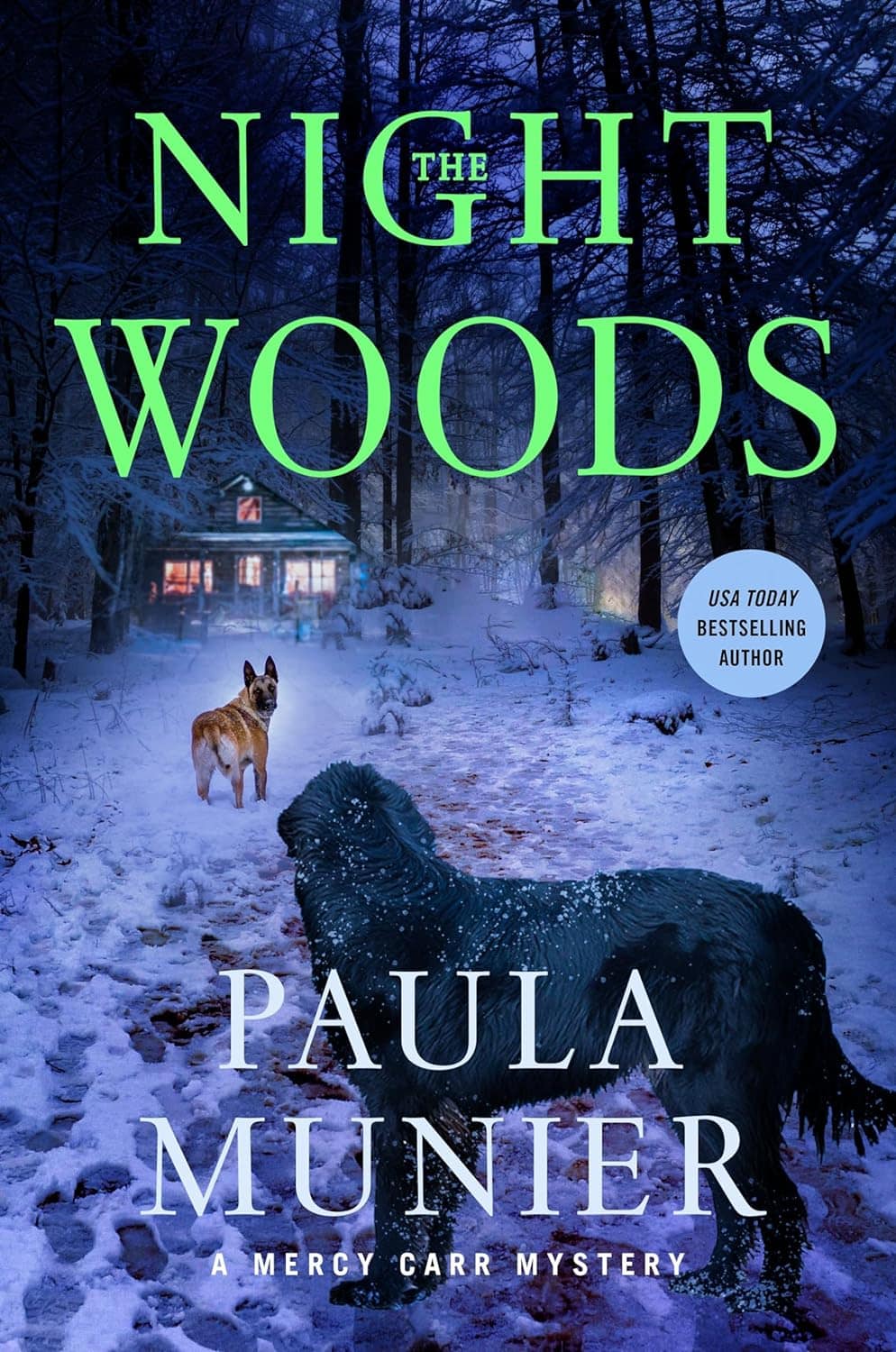My first publishing job was at Pocket Books/Simon and Schuster. I was a very happy editorial assistant, working for two brilliant editors; Jane Chelius edited mysteries, and Linda Marrow edited romances.
I learned the basics of genre publishing from two experts who regularly published bestsellers. So after deciding to write this post, of course I consulted one of my former bosses. What follows are “Linda’s 8 Rules of Romance.”
Romance might seem antiquated to some in our cold, cold world, but actually it never goes out of style. Today’s readers of romance novels have embraced publishing innovations, with 39% of romances sold in a a digital format. Overall, the romance genre outsells all others by far, reputedly worth $1.08B annually.
And nowadays romances are far from white-bread and bland. In fact, romance publishing leads industry trends, paving the way for other genres to embrace diversity with queer lovers, protagonists of color, and characters from various backgrounds. Turns out, you don’t have to be white and straight to be in love.
Still, expectations in this expanding category remain evergreen:
Rule #1: As a romance novel progresses, the couple should not be separated for any significant length of time.
Rule #2: The story ends when there’s the most hope for their relationship.
Love changes everything
Readers would struggle to relate to a virtuous character with no flaws.
Successful characters can be constructed around one or two important qualities. That strength may be a weakness as well. For example, a resolute character might, in another instance, be seen as too stubborn. Some characters may be oversexed: a positive or negative, depending on the mood.
Rule #3: Don’t make your characters wholly positive.
As in most commercial novels, your characters are on a journey that alters their lives, so along the way they too will change; attitudes and behaviors may evolve.
Rule #4: Make sure your protagonists’ personalities are not stagnant.
Only a dull character would fail to be transformed by love.
Modern thoughts
The next three rules refer to the subgenre of historical romance, but they could apply to any writer interested in setting fiction in the past.
A novelist may want readers to fully embrace characters from another era, but the prevalent ethos in their chosen time setting could rankle modern readers. How historically accurate should you be?
Historical novelists must take great care with their characters’ opinions and thought processes. A person of another era might feel quite differently than people today about class, sex, or other heterogeneity. If modern readers don’t fully relate to the time’s dominant culture, immersion in the plot becomes more difficult.
For example, the behavior or attitudes of many hellfire heroines might be forbidden in the world they inhabit—in reality, their choices might earn them punishment or banishment from society.
Rule #5: Appealing characters may need to circumvent or oppose dominant societal norms.
This is escapist fiction, and to get there you may need to sacrifice some accuracy.
Buckles on shoes?
Any story must be convincingly told, but historical fiction has the additional burden of accurately recreating a world unlike the one readers live in.
Useful for writers in this pursuit are books describing the clothing of the time. Also worthwhile are magazines or contemporary reading from the period—diaries and journals. Movies depicting the time might add provocative details. Even etiquette and popular recipes might spice up your fiction.
Rule #6: Research should enhance a story, not slow it down.
Avoid lengthy digressions or info dumps. No matter how wonderful the historical details you discover may be, they must improve the narrative, not detract from it.
How ye daein?
Readers should never get stalled while figuring out what characters are saying. Instead, use natural-sounding dialogue from today, sprinkled with archaic dialect or dialogue. Provide historical flavor without confusing or slowing down your reader.
Rule #7: Be true to the time period without sounding stilted or out-of-date to the modern ear.
Big Caveat: Don’t go too modern. Avoid words that are too obviously au courant, as they will jar readers out of the time period.
Sex never goes out of style
Romances might be dismissed as lightweight bodice-rippers, but a series of explicit sex scenes do not a romance make. Romance is different from erotica.
And if you’ve tried to write a sex scene, you know they’re incredibly challenging to write. Sexual tension is tough to put into words—or at least convincingly. Of course, like many disciplines, practice makes perfect.
Rule #8: Physical mechanics aside, a successful romance novel will communicate deep and meaningful emotional intensity between lovers.
We’re drawn to the sex, but it’s love we crave.
How do you ignite sparks between your characters? Tell us on Facebook!





